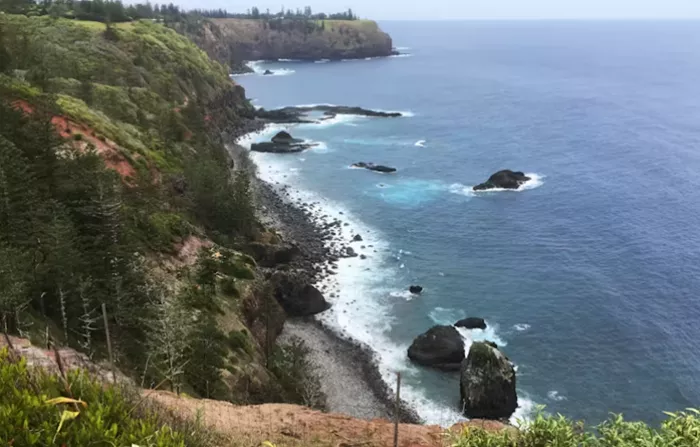Islands have long captivated explorers and scientists alike. These isolated regions function as natural laboratories, providing insights into how species evolve and adapt over time. They are also hotspots of biodiversity. While it has been suspected that islands harbor a significant portion of global biodiversity, the true extent of this phenomenon has remained largely unknown until now.
In groundbreaking research published in Nature, an international team of scientists, including myself, mapped and assessed the diversity of plant life on Earth’s islands. Our study reveals that 21% of the world’s total plant species are endemic to islands, meaning they exist nowhere else on the planet.
The Importance of Island Plants
These findings underscore a critical issue: island plants face a higher risk of extinction than those found on mainlands. A thorough understanding of plant species and their distribution is essential for monitoring and conserving these unique ecosystems.
To create our comprehensive database, we gathered vegetation information from over 3,400 geographical regions worldwide, including approximately 2,000 islands.
Defining an Island
The definition of an island can be somewhat arbitrary. Typically, an island is considered a landmass entirely surrounded by water and smaller than a continent. Using this definition, Tasmania and New Guinea qualify as islands, while mainland Australia does not.
Our research identified 94,052 plant species, which account for 31% of the global total, as native to islands. Among these, 63,280 species, or 21%, are exclusive to island environments.
We discovered that endemic species are primarily found on large tropical islands, such as Madagascar, New Guinea, and Borneo. For instance, Madagascar hosts 9,318 plant species, representing 83% of its total flora, all of which are unique to the island.
Unique Flora and Evolutionary Research
In contrast, oceanic archipelagos like Hawaii, the Canary Islands, and the Mascarenes have fewer plant species overall. However, a significant proportion of these species are still endemic to those islands.
For example, two palms, Howea forsteriana and H. belmoreana, are endemic to Australia’s Lord Howe Island. These palms exemplify “sympatric speciation,” where species evolve from a common ancestor in the same location. While this evolutionary process has been theorized for years, examples remain rare and valuable for research.
The Norfolk Island Pine (Araucaria heterophylla) derives its name from the island where it grows. Although this species is endangered in its natural habitat, it is commonly planted along Australian beaches, making it easily recognizable.
Conservation Challenges
Despite covering only 5.3% of the world’s land area, islands contribute disproportionately to global biodiversity. Unfortunately, island plants are much more susceptible to extinction due to several factors, including:
Small population sizes
Unique evolutionary traits that leave them vulnerable to invasive
species
Specific habitat needs
Habitat degradation
Climate change
According to the International Union for Conservation of Nature, 57% of the island-endemic species we studied are classified as critically endangered, endangered, vulnerable, or near-threatened. Alarmingly, 176 plant species endemic to islands are already classified as extinct, accounting for 55% of all known extinct plant species worldwide. Among these is Hawaii’s vulcan palm (Brighamia insignis), now considered extinct in the wild, although it continues to survive in gardens as an ornamental plant.
The Need for Urgent Action
Assessing the conservation status of island flora is critical. Under a global United Nations initiative, 30% of the world’s land and oceans should be protected by 2030. However, our study found that only 6% of endemic plant species inhabit areas that currently meet this target. Regions such as New Caledonia, Madagascar, and New Guinea, despite their high numbers of endemic species, have relatively low levels of protected areas.
Protecting Island Biodiversity
To protect island biodiversity, urgent measures are needed. This includes expanding protected areas, prioritizing regions with high endemic species counts, and implementing habitat restoration projects. Without these initiatives, the unique floral diversity of islands may continue to decline, posing severe threats to global biodiversity.
More research is essential to determine the best conservation strategies for these plant species. Accurate data will guide future conservation efforts and help prevent further losses. Our study highlights the urgent need for targeted conservation initiatives on islands. Many species are on the brink of extinction, and time is running out to safeguard this irreplaceable natural heritage.
Related topics:
- Fungal Friends Help Carnivorous Plants Eat Faster
- Essential Garden Plants to Plant Now for a Vibrant Autumn Display
- Spread Kindness: Give Two Free Flower Bouquets


